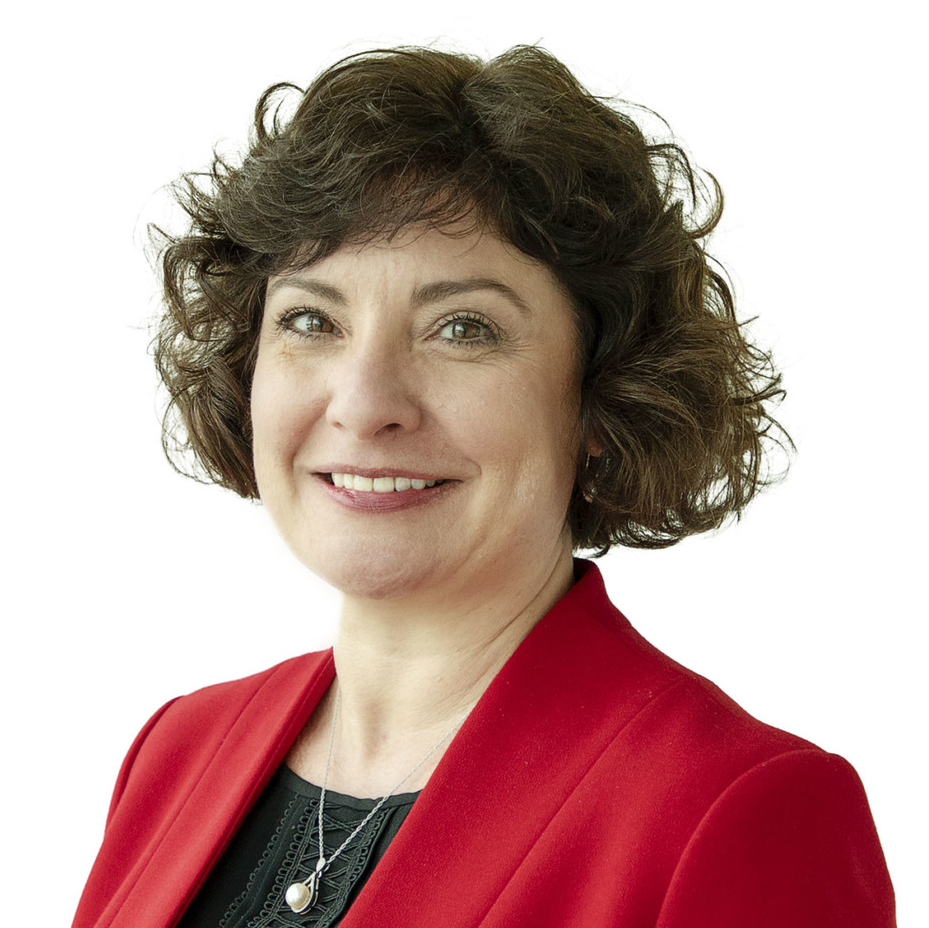Decentralised clinical trials (DCTs) have been front and centre of the clinical research stage in the past couple of years. While some decentralisation tools have been in place for some time following specific therapy area needs, the challenge that the pandemic posed to clinical activity propelled a more purposeful approach to decentralisation strategies by sponsors and CROs.
Since then, the industry has been embracing DCTs, riding the adoption wave driven by their potential to improve participant enrolment, adherence, diversity, as well as other scientific and business parameters. But even with the best intentions, can DCT advantages come at the cost of inadvertently creating new burden to patients?
There is a natural tendency to focus only on the positive when bringing and trying new technology, says Harpreet Gill, head of decentralised clinical trial solutions at ICON. But as decentralisation matures and the adoption becomes more widespread, sponsors need to talk about the emerging caveats so they can identify the problems and overcome them. “It is not all smooth sailing and we do see issues as we are trying to engage patients in decentralised trials,” she adds.
Bryan McDowell, vice president of eCOA science & consulting at Clario, agrees that the benefits of decentralisation are more often discussed than the actual challenges. “There are views that because patients can do it at home, there should be less burden, and this isn’t necessarily accurate,” he notes.
Indeed, assuming that all patients want to be decentralised during a clinical trial is misleading. This is where true patient-centricity and flexible trial models come into play. In the era of personalised medicine, this is the time to talk about personalised clinical trials, and decentralisation tools are the first step to walk in that direction, says Natacha Bolaños, head of membership & alliances at Lymphoma Coalition.
The risks of trials at home
Decentralisation involving the patient’s residence and bringing the trial closer to the participant might be convenient, but it also can become a hospitalisation of their home. If a patient has a chronic illness that is potentially life-threatening, they might want to keep their homes as a sanctuary, says Colin Terry, partner in life science consulting at Deloitte. “They go to medical locations and talk to people with white coats, and then being able to go home and not have more medical equipment,” he adds.
How well do you really know your competitors?
Access the most comprehensive Company Profiles on the market, powered by GlobalData. Save hours of research. Gain competitive edge.

Thank you!
Your download email will arrive shortly
Not ready to buy yet? Download a free sample
We are confident about the unique quality of our Company Profiles. However, we want you to make the most beneficial decision for your business, so we offer a free sample that you can download by submitting the below form
By GlobalData
Also, there are cultural differences in how people deal with their illnesses and public perception. Rosamund Round, vice president of the Patient Innovation Center at Parexel, says that in some communities, there is a degree of secrecy around a disease and having a home nurse arriving at a patient’s home might affect how they are perceived by the neighbours. It could also impact other areas of their lives, such as marriage prospects or legal status.
Even patient safety can be at risk when using remote monitoring. For example, one of Parexel’s clinical operations leaders in Latin America had an instance when a patient requested to come into the clinic to complete a daily eDiary instead of keeping it at home, the reason being that the patient lived in a favela and having expensive equipment could be unsafe for them, Round explains.
Operability and usability of devices
While decentralisation offers a more flexible model for data collection, the patient burden from traditional trials did not go away, says Kim Boericke, chief operating officer at Thread. With companies spending billions of dollars to put a drug on the market, they want to maximise every data output, resulting in more procedures and tests during trials, she explains.
The abundance of devices can be challenging to patients of any age. While it might be intriguing to try out “shiny new toys,” McDowell reminds sponsors that science must be remembered, and they need to ensure that the collected data is relevant to the study goals. Gill reiterates that data should not be collected for the sake of it and there needs to be some discipline.
If the patient uses their own device during a trial, their smartphone might not be the most recent one, which may cause operability issues. “When developing a technology, you need to make sure that it’s compatible with as wide a range of devices as possible,” says Dr Arrash Yassaee, global clinical director for evidence generation at Huma. Also, a lot of the software used in trials is available only on Apple’s iOS systems, which makes it challenging as the vast majority of people in the world have an Android, he adds.
When it comes to practical usability, sensors can be a hit or miss. Round shares the experience of validating a chest pad in a real-world setting. While from a scientific perspective the pad worked perfectly, the only stipulation was that it could not get wet. “When we did the real-world validation, we saw that there were loads of missing data because not many people don’t want to shower for a week,” she says.
Too old or too young for DCTs
Technology-related issues are one of the most frequent burdens that patients face in DCTs. “There is a lot of expectation that patients are fully enabled, willing and digitally connected in order to partake in decentralised clinical trials,” Terry says.
Tech literacy is very important, and sponsors need to ensure that enough time and effort is spent with a patient who might not be as tech-savvy, Boericke notes. The technology and devices that are being used in a clinical trial should be tailored according to the studied population. If the study is enrolling patients from the age of 18 to 85, the technology should not be the same across all age groups, Bolaños says. “You need to be capable to tailor and personalise according to their tech-literacy level, also the preferences and needs of the patient,” she says.
Because a big proportion of trials are conducted in this population, the industry tends to focus on the challenges of the older cohorts, Yassaee says. But McDowell argues that the technological abilities and challenges of older adults are often overexaggerated, and such assumptions should not be perceived across the whole cohort.

However, the paediatric population is often an afterthought. “This is arguably the first truly digitally native generation and I think it would be a massive shame if they were left behind,” Yassaee notes, adding that it would be a disservice to exclude children during this digital revolution in clinical research. Clinical Trials Arena has previously reported on the challenges in paediatric DCTs.
Minimising participants’ burden
One way of overcoming tech-related issues is by offering so-called patient concierge support services. Effectively, this service guides the patient through the clinical trial and provides support such as how to set up the devices, Gill says. “They know how to manage and articulate how to get things set up in the most appropriate manner and support the patient in the process,” she adds.
If the patient is still not confident to use technology, sponsors can introduce a proxy feature. This function allows a nominated individual, such as a relative or a friend, to set up a profile and submit the needed data on behalf of the patient, Yassaee explains.
Post-study insights and conversations with past participants can help to answer lingering questions of what did and did not work in that particular technology or platform. Yassaee shares that after every project at Huma, the team looks at the usability of their platform, for example how often and consecutively patients submitted information. Such research can help to improve the platform and the service.
DCTs do not have a one-size-fits-all model and each trial needs to be tailored to the indication, population, demographic, and geography. Sponsors need to work with patients and advocacy groups to really understand what their burdens and preferences are. In many settings, the patient is the expert of their disease, Yassaee says.
Optionality should be at the top of the agenda for sponsors when designing a trial, Gill says. While some patients want to do a partially virtual trial, others might want to do all of their assessments with a practitioner. “If you are going to be patient-centric, you have to give patients choices in terms of how they engage with the clinical trial,” she notes.
Sometimes patients enrol into trials to be connected with their community and patients who are like them, Terry says. Relying only on remote monitoring and removing the human point of contact can isolate the patient during the study, Bolaños adds.
Listening to patients with a ‘DCT’ ear
But are sponsors really listening to the patients and incorporating the feedback they receive? Bolaños says no, adding that sometimes there is a sense that companies are just ticking off a box from their checklist. The conversation with patients needs to happen consistently, and not just when a specific trial is being designed, she adds.
Boericke agrees that not enough time is spent to understand what is in the patients’ heads. “What we might think is important to a patient with a certain disease may not actually be what keeps them up at night,” she says, adding that listening to patients will improve the trial design, and also gather the needed data for regulatory approval.

If patients are satisfied with their experience during a trial, they will be less likely to drop out. This will ultimately improve the quality of the data and reduce the cost of the study because fewer patients will have to be replaced, Gill says.
While these are exciting times for decentralisation, the industry needs to be realistic and not overly enthusiastic about this digital revolution. As Bolaños said, decentralisation is the first step towards personalised trials. To make those strides towards the right direction, the industry needs to focus on the valuable resource that fuels clinical research—trial participants and their experience. And not just hearing what they have to say, but actively listening.
Takeaways:
- The increasing adoption of DCTs is exposing the risk of unforeseen burden for trial participants. For example, at-home trials may negatively impact the patient’s privacy and safety.
- It is crucial to ensure that the technology is usable and operable by different participant populations. Sponsors need to tailor digital devices to each age group to reflect their tech-literacy level and offer patient support services or features to help less tech-savvy patients.
- Patients and advocacy groups should lead the clinical trial design towards a personalised decentralisation. The conversation with these groups should start well ahead of the clinical trial design process to understand the real-life burden of the patient population.







